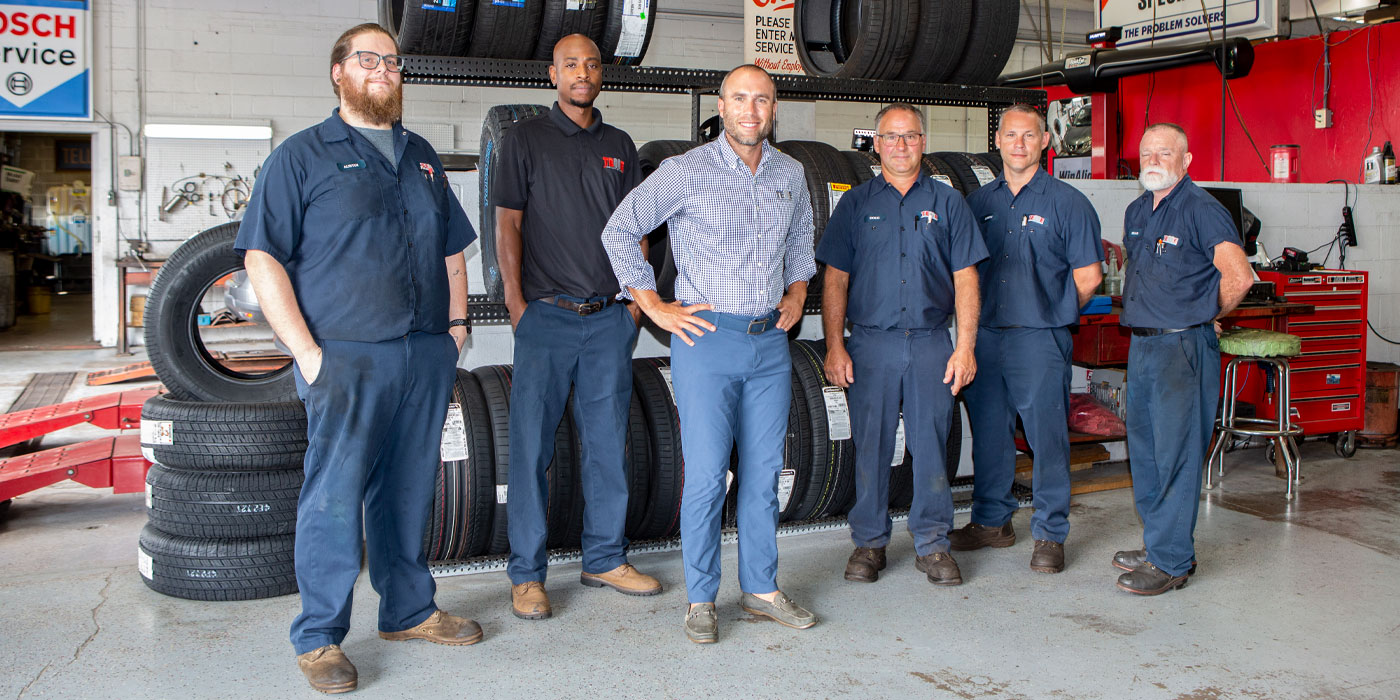Now that we have labor peace in the tire industry, we must turn our attention to the next big labor circus act. No, not the upcoming United Autoworkers vs. Detroit’s Big (and Nearly Bankrupt) 3 show, which opens its unlimited engagement this summer.
We’re talking about the Employee Free Choice Act, a bit of D.C. union hugging currently winding its way through Congress. The House passed its version on Mar. 1. Depending on whom you talk to, the Senate will either kill it or rally around it like it’s a pile of free donuts. Either way, President Bush has committed to vetoing it.
Of course, that’s today. Tomorrow’s political pressure may see the bill fly through the Senate and get signed by a president desparate for higher approval ratings among any group.
While the odds of passage appear long, the oddly euphemistic Employee Free Choice Act is not a surgical strike aimed only at big business. It’s a cluster bomb that threatens medium and small businesses. Like yours.
Why? Because it gives workers – regardless of the size of the business – a phenomenally easy way to form a bargaining unit.
The standing National Labor Relations Act, which the EFCA would amend, became law during the dark days of the Depression. At the time, it truly served an important purpose and helped pave the way for our massive economic growth through the war years up until 1980 or so. Under the NLRA, if 30% or more of a company’s employees signed a union card, a secret ballot election was mandated. Workers could choose to unionize, without fear of reprisal from either side. At the same time, companies were protected from unbridled unionism.
The EFCA does away with all of that. Under the proposed law, unions could be started and certified if 50% plus one worker sign pro-union cards. No election is needed. Because there are no limits on the size of business that could be organized, if two of your three employees signed union cards, guess what? See you at the bargaining table.
I don’t have a problem with labor unions; they served their purpose back in the days of Draconian corporations. What I have a problem with today are unionists’ sense of entitlement and the union-stoked impression that they are the answer to all that ails America.
No doubt that globalization, oil prices, immigration issues, geopolitical matters and seemingly everything under the sun have made things tough on America’s lower and middle classes. I know full well, since I’m a vested member. There are a lot of opinions on how we got here but few easy answers.
What I do know is this: American corporations are not going to survive if they cannot be competitive in the global market. Tens of millions of good-paying, blue- and white-collar jobs have been lost forever because we weren’t price-competitive. Bad management? Maybe. Cost pressures? Certainly. Lack of vision? No doubt. Archaic and bloated labor contracts? Really didn’t help.
It is hard – hell, impossible – to argue against labor unions when Ford’s part-year CEO just dropped $39.1 million into his bank account (while Ford lost $12.6 billion in 2006!), while the average full-time Joe at Ford’s soon-to-be-shuttered Brookpark, Ohio, engine plant earned a whole $70,000 last year. Such salary excesses and equally poor financial performance make it easy for pro-labor moves.
In the same breath, though, there are far more companies that are responsible to their charges, pay a competitive and fair wage, provide for family security and work to maintain a balance from top to bottom. And, there are small firms, like your own, that struggle daily to meet wage and benefit demands.
In both of these cases, unionization – and union-forced wage and benefit structures – will surely do more damage than good. And, that’s the core problem.
Unions want everyone to believe that all workers are woefully underpaid, that Corporate America owes them an upper-middle-class life and that unions are the only answer. That position dangerously fails to discriminate between dishonorable and honorable employers, painting them both with the same brush. While a union might force the habitual offender to join the 21st century, wage and benefit demands – and reduced productivity – will drive out the good corporate citizens.
Because all it will take is 50% plus one.
In their Mar. 12 Business Week column, Jack and Suzy Welch referred to the EFCA as “The Unemployment Act.” Unfettered unionism, they wrote, will cripple American business, just as it has in Europe and “ultimately only provides a free choice nobody would ever want: how to spend a government-issued unemployment check.”
Problem is, some of those checks will be going to the innocent victims – the entrepreneurs driven out of business by costly union-negotiated compensation.












